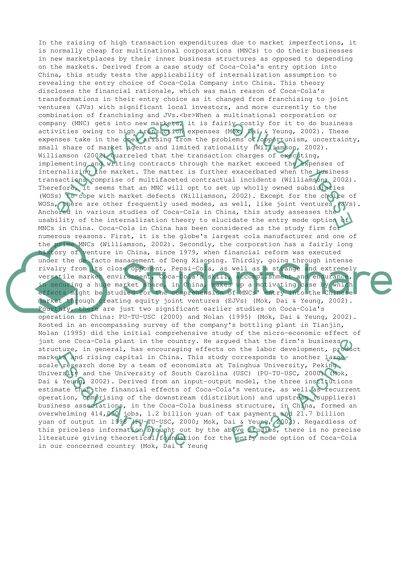Cite this document
(“Retail Services in China Research Paper Example | Topics and Well Written Essays - 2000 words”, n.d.)
Retail Services in China Research Paper Example | Topics and Well Written Essays - 2000 words. Retrieved from https://studentshare.org/business/1485978-retail-services-in-china
Retail Services in China Research Paper Example | Topics and Well Written Essays - 2000 words. Retrieved from https://studentshare.org/business/1485978-retail-services-in-china
(Retail Services in China Research Paper Example | Topics and Well Written Essays - 2000 Words)
Retail Services in China Research Paper Example | Topics and Well Written Essays - 2000 Words. https://studentshare.org/business/1485978-retail-services-in-china.
Retail Services in China Research Paper Example | Topics and Well Written Essays - 2000 Words. https://studentshare.org/business/1485978-retail-services-in-china.
“Retail Services in China Research Paper Example | Topics and Well Written Essays - 2000 Words”, n.d. https://studentshare.org/business/1485978-retail-services-in-china.


